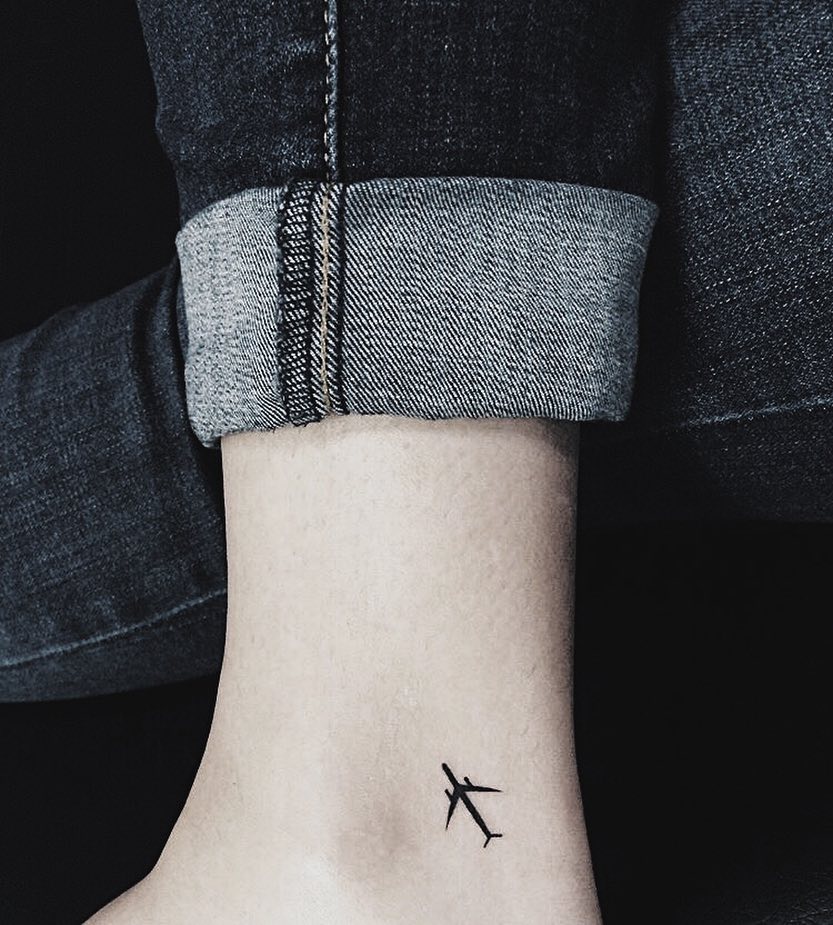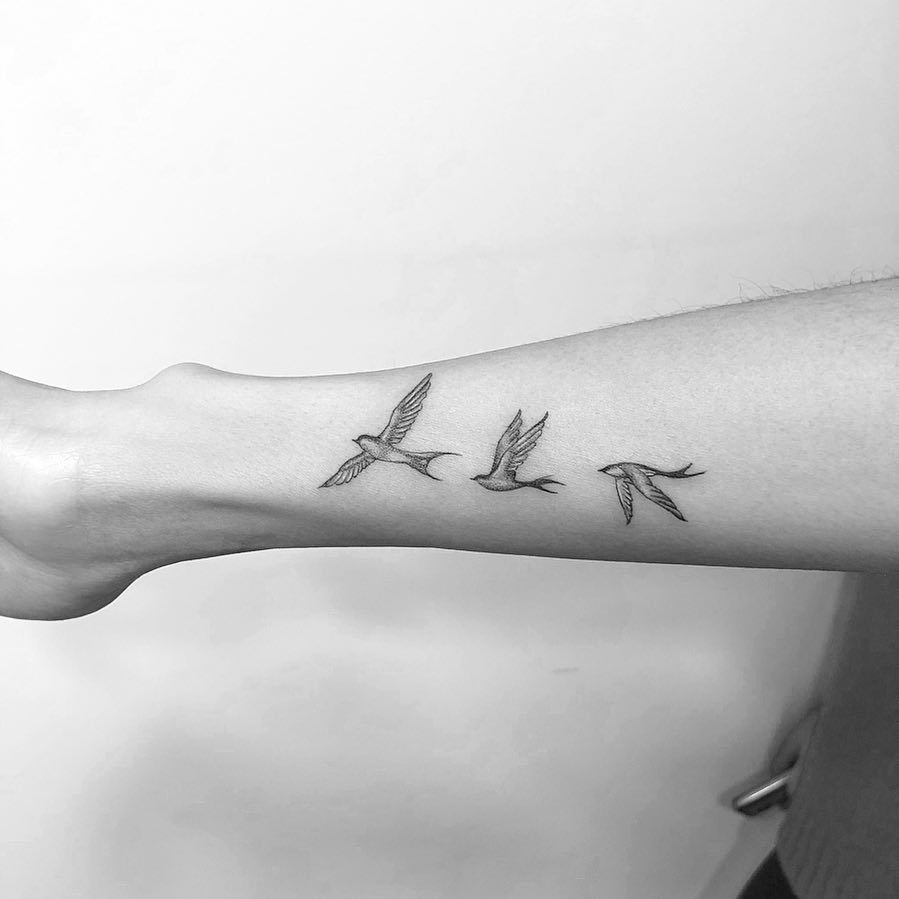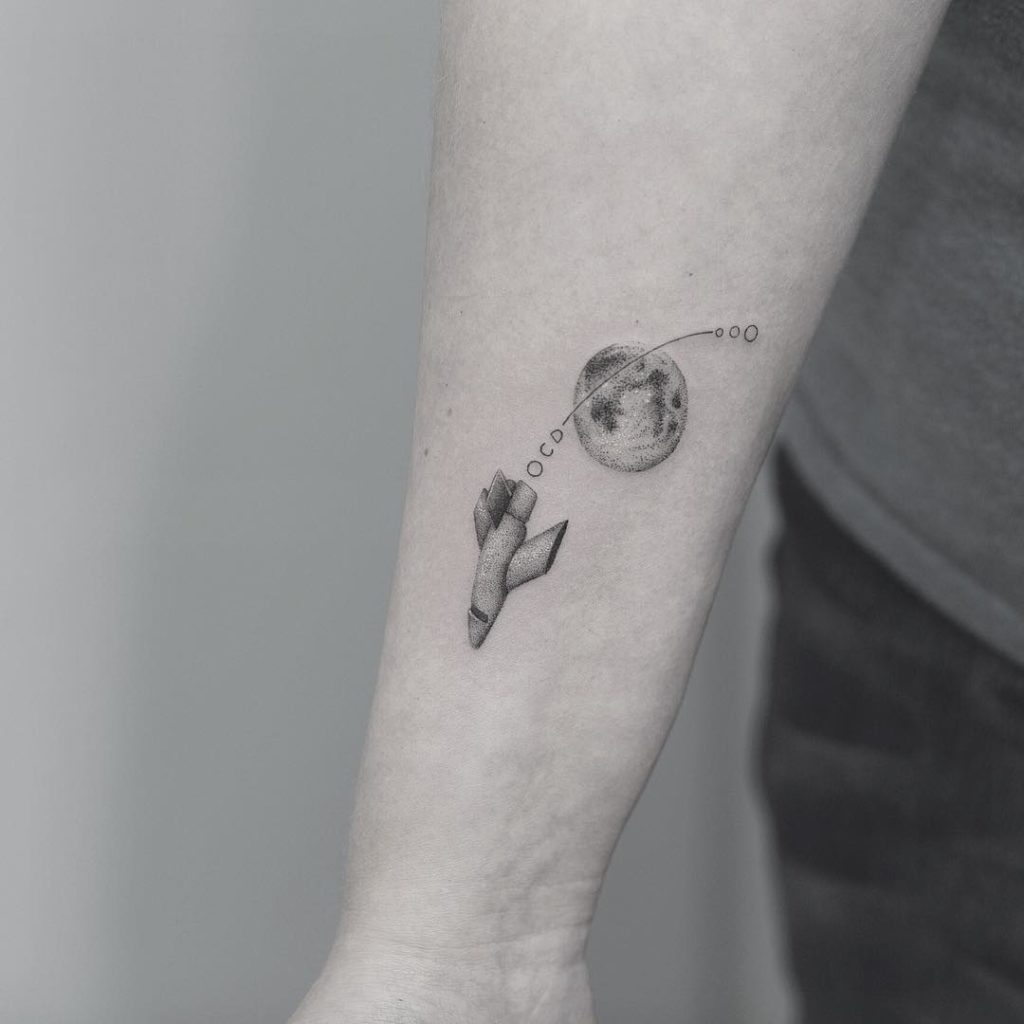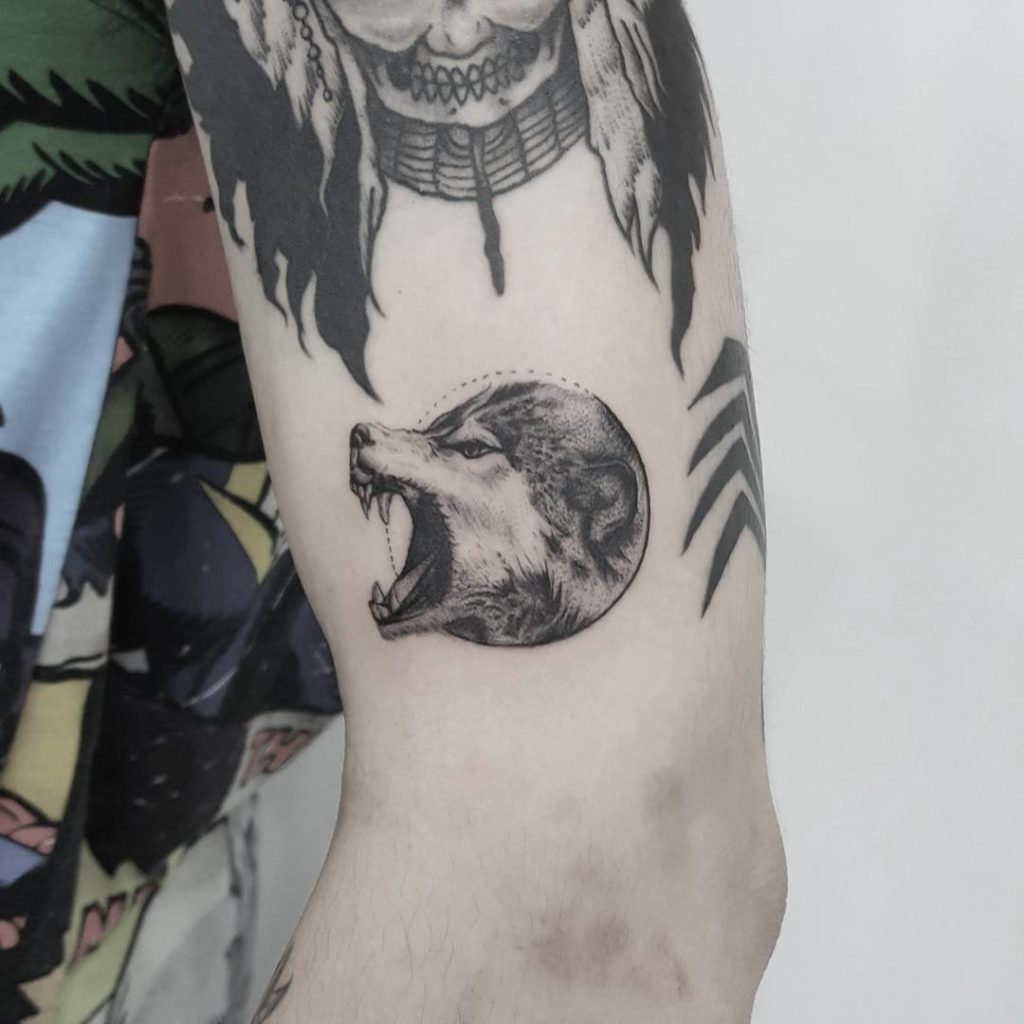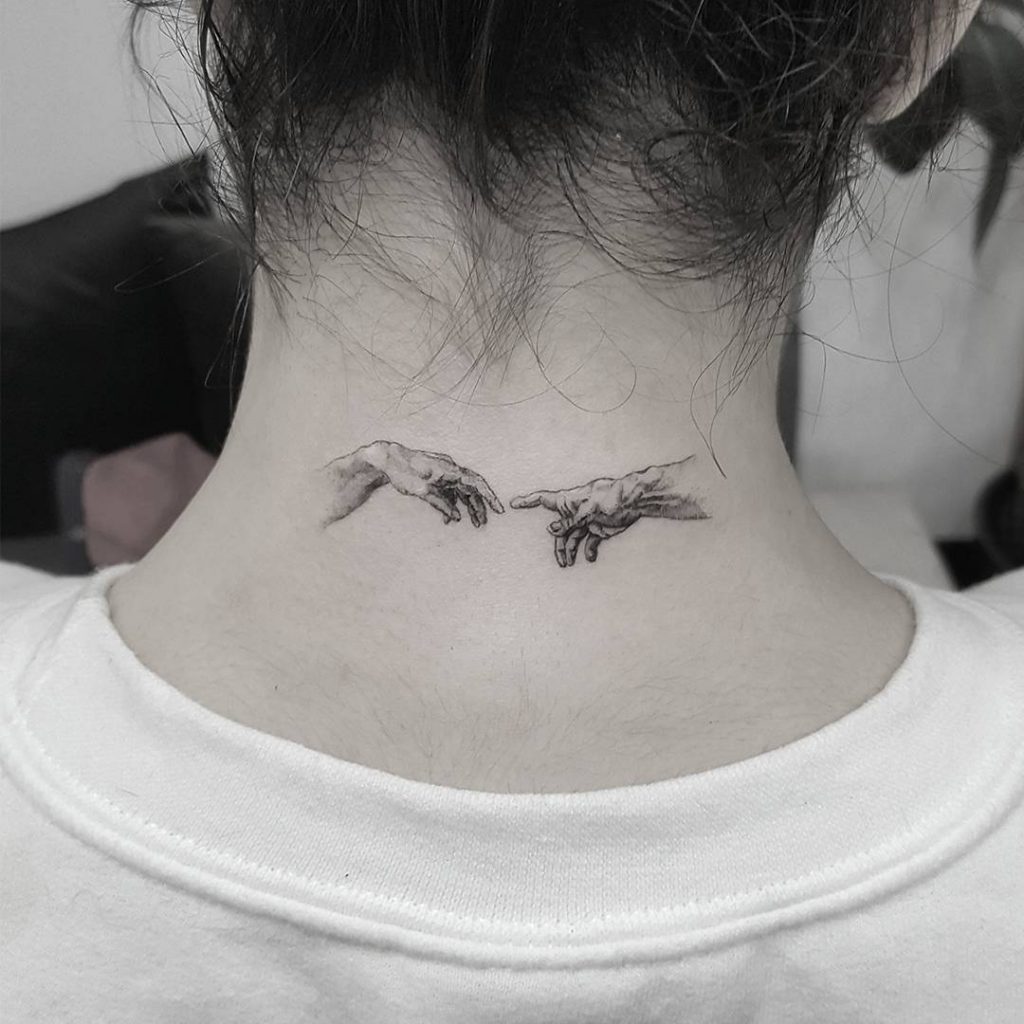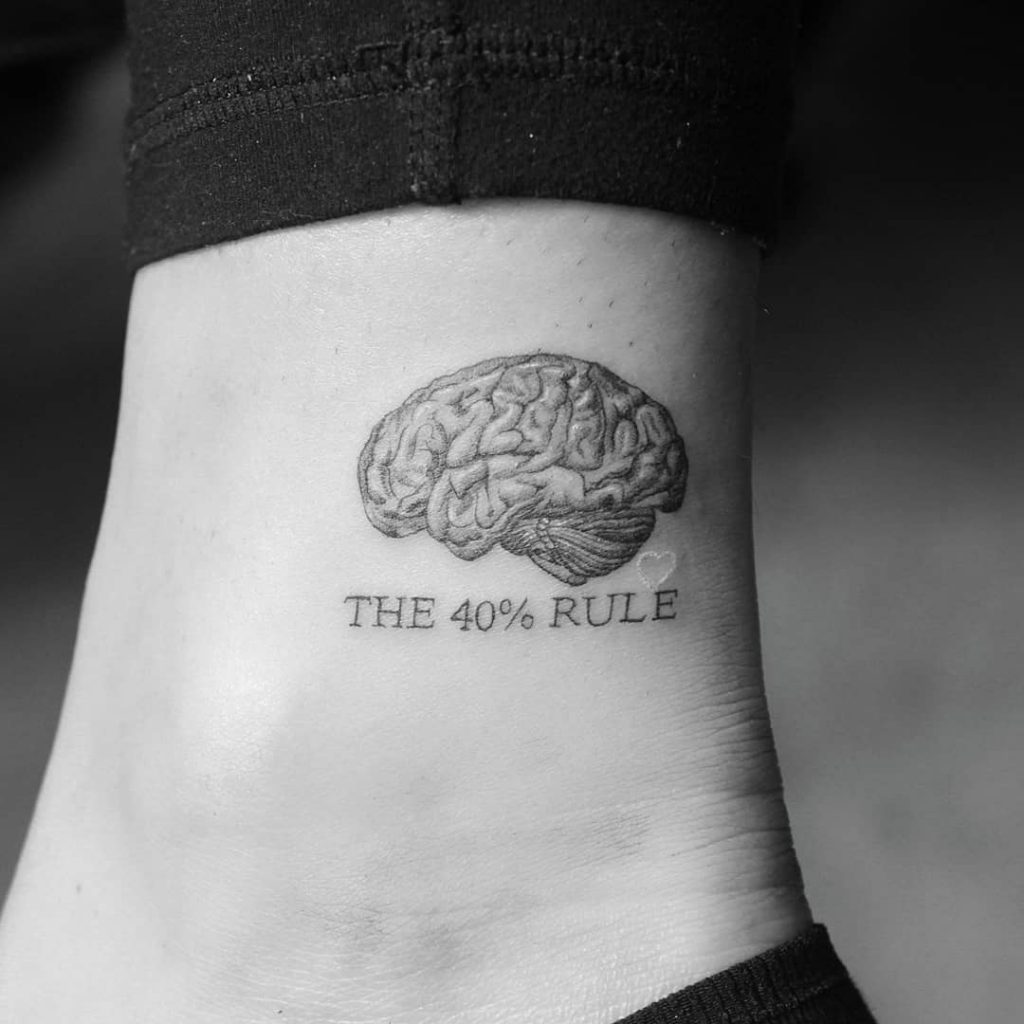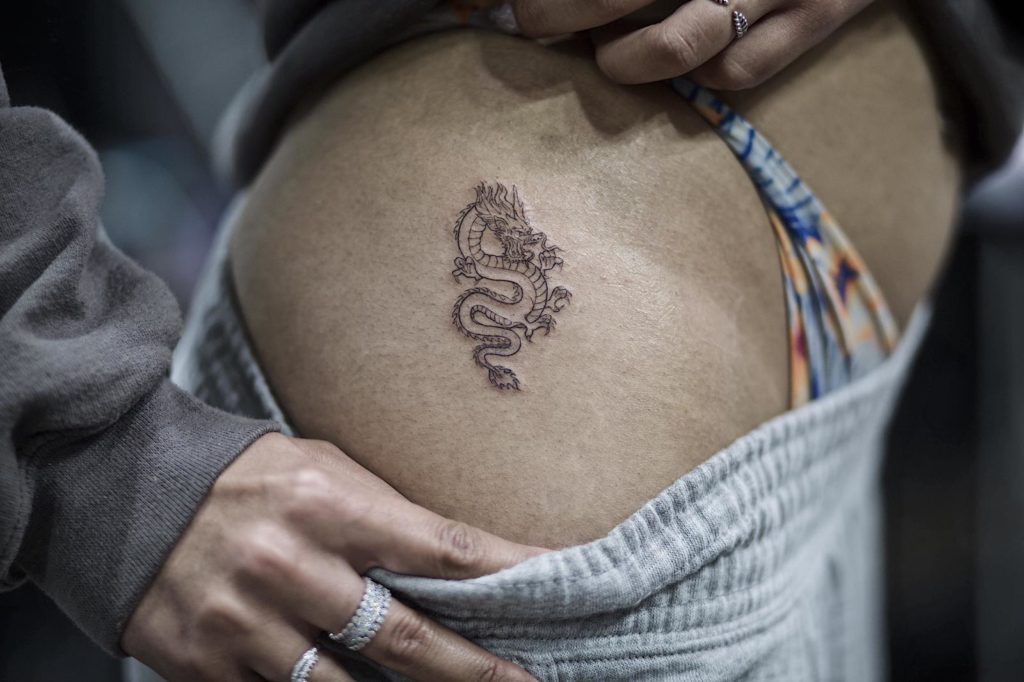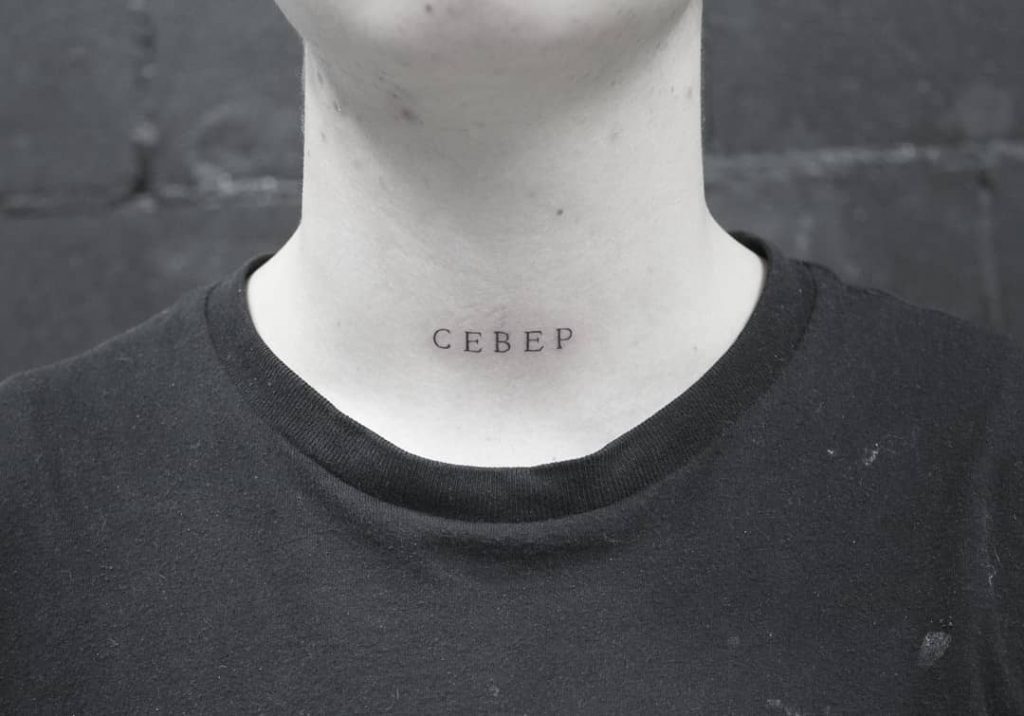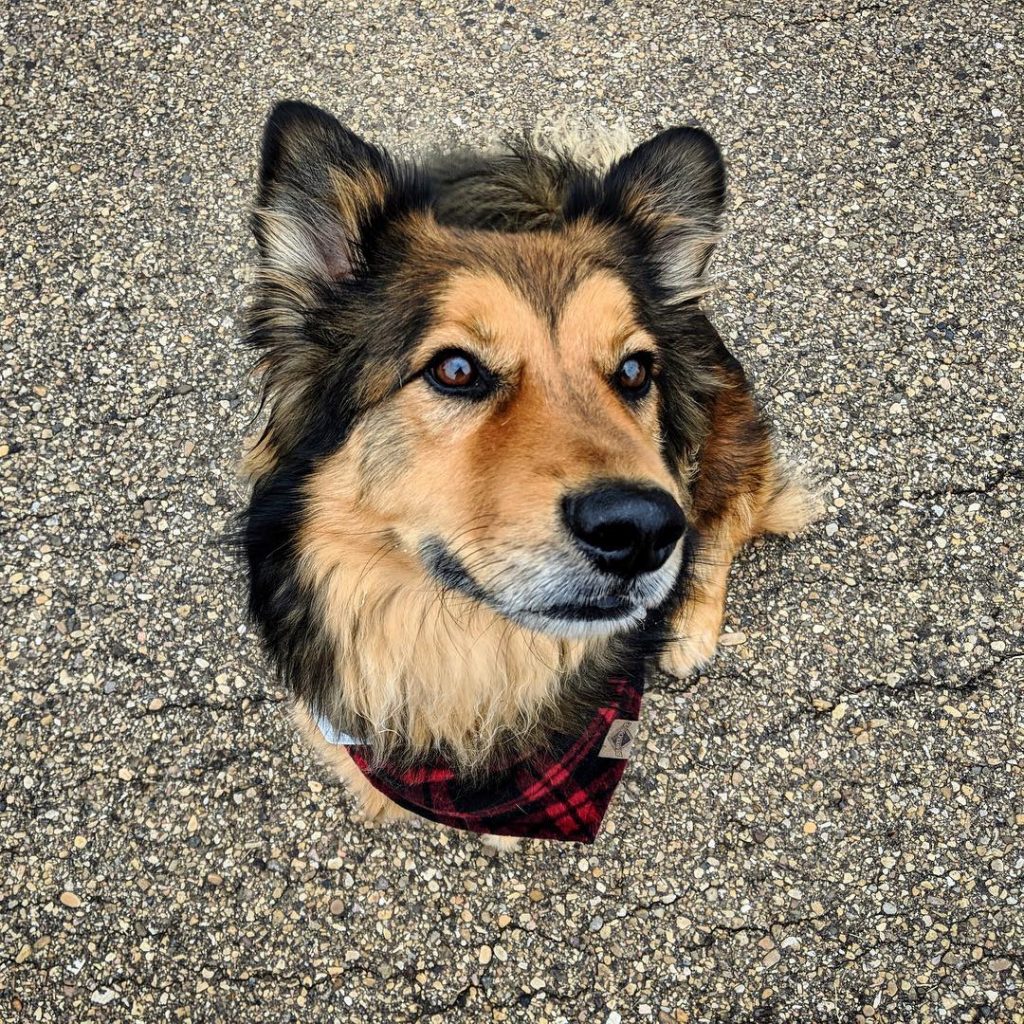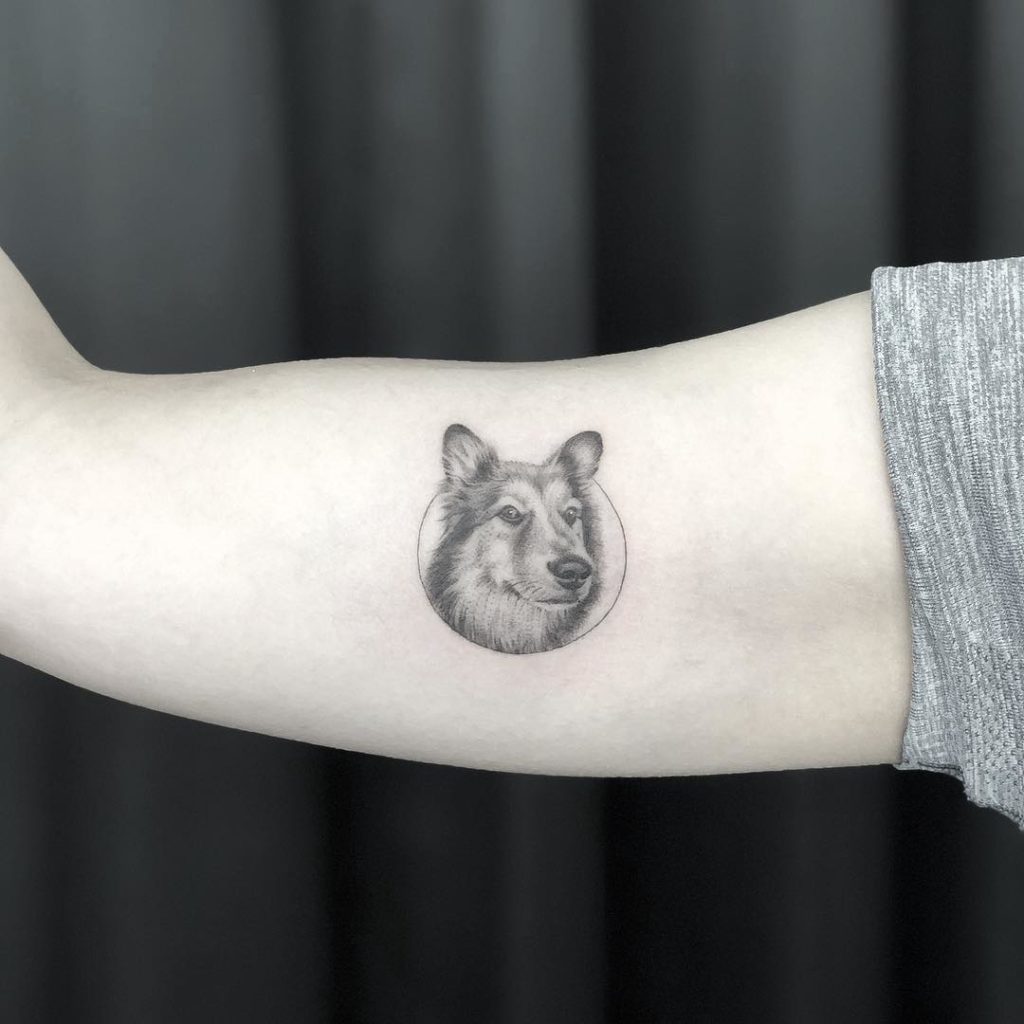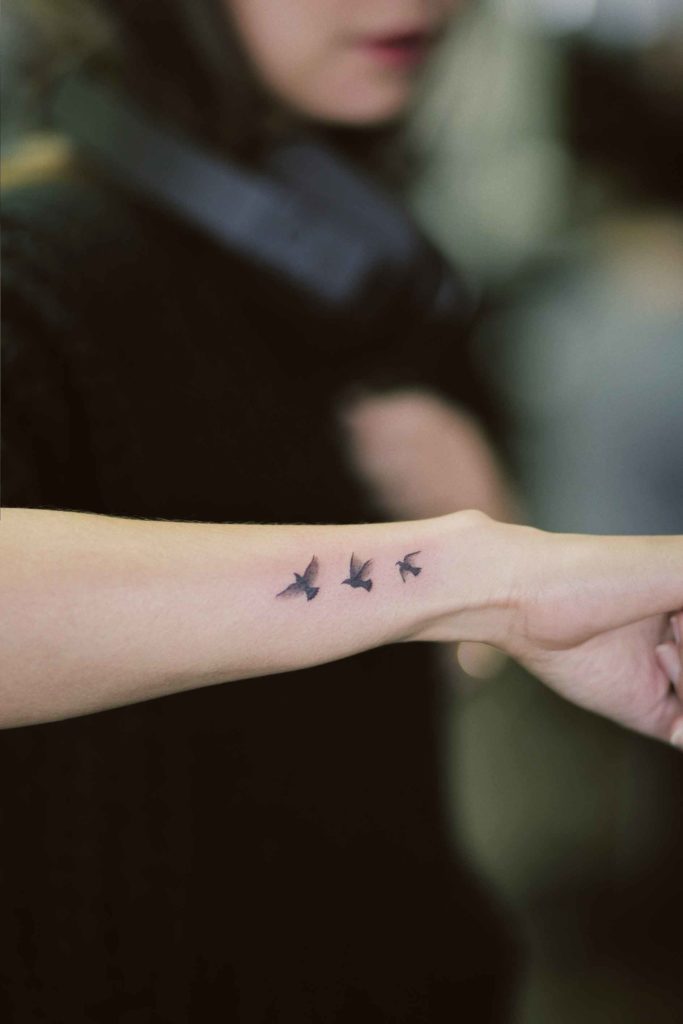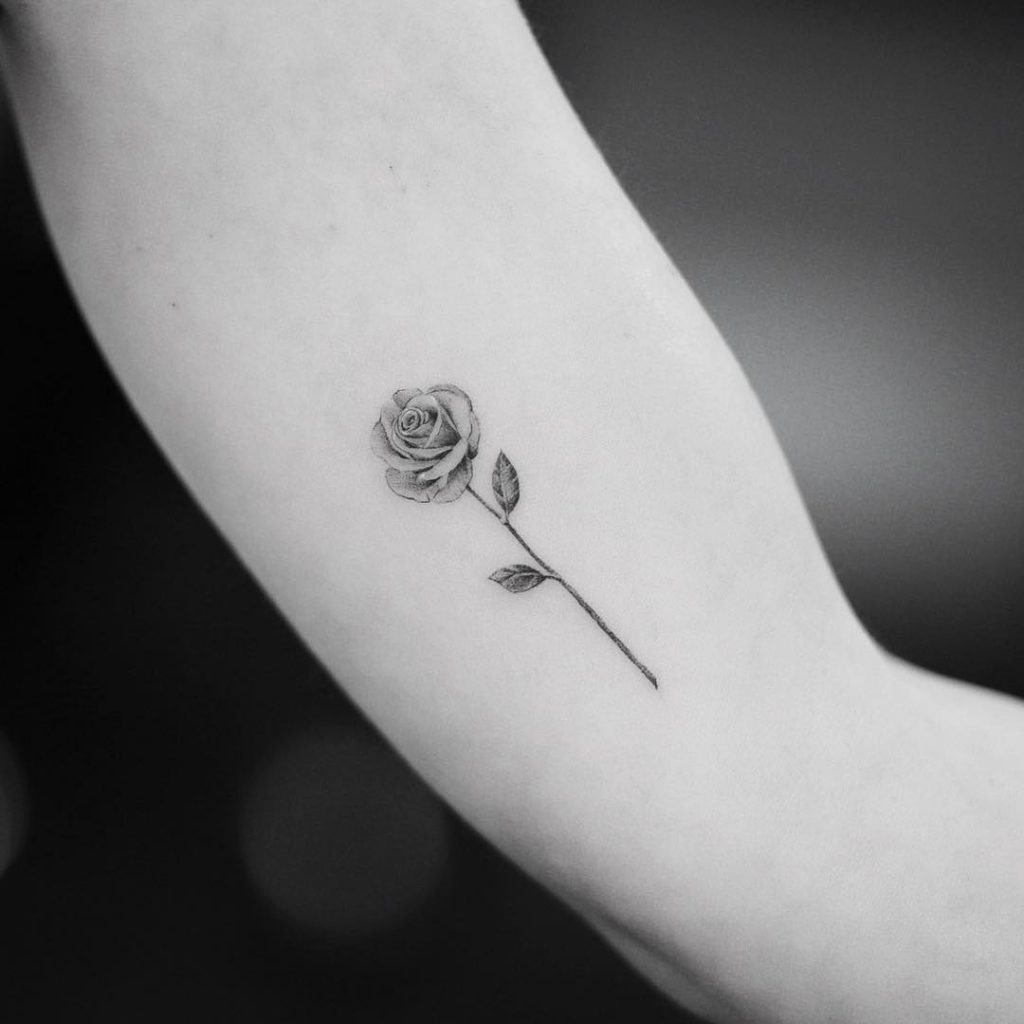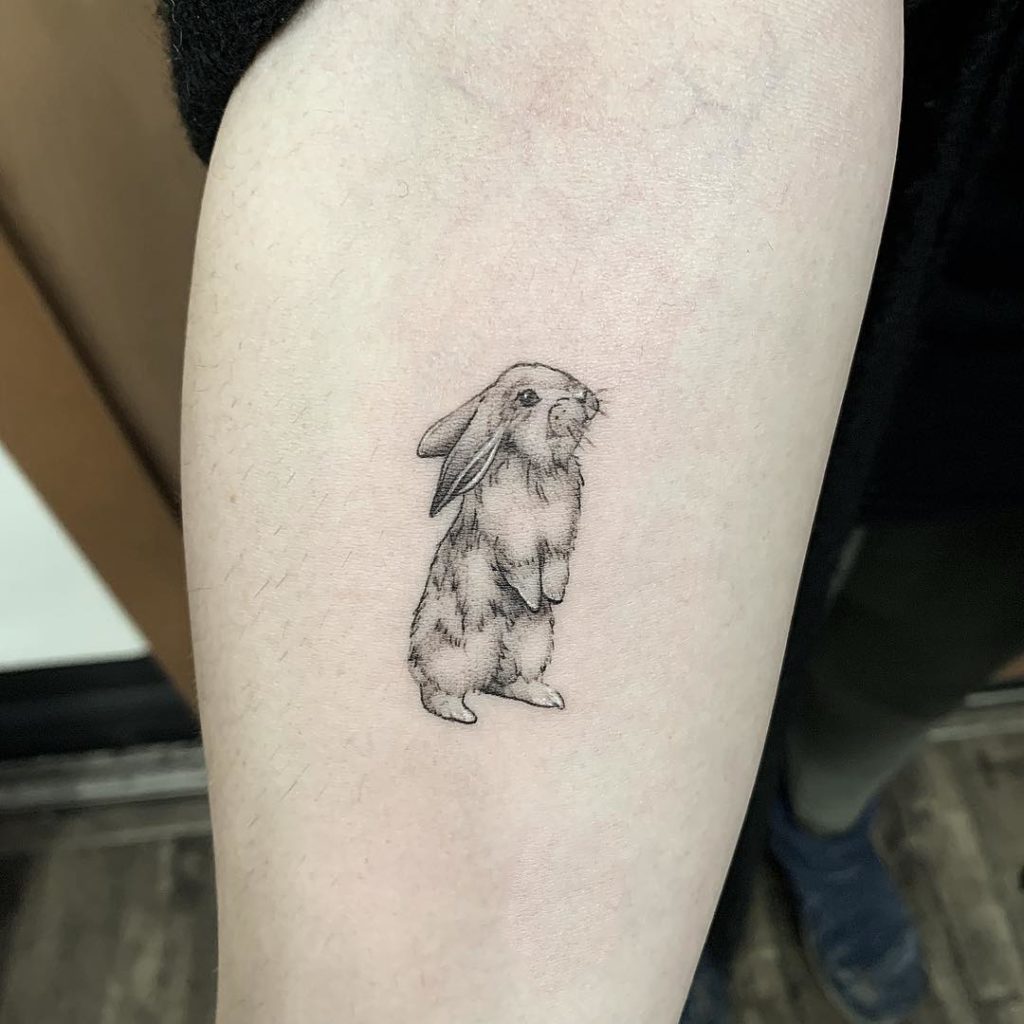Small tattoos have always been popular, but in recent times they have exploded onto the tattoo scene. Instead of getting large traditional pieces, people are now turning to tiny tattoos because they take less time to complete, are easy to hide and can be covered up effortlessly.
However, before you jump the gun and decide to get covered in mini tattoos there are important components that you need to know about. Small tattoos have a unique process for designing, placing and executing, and if you don’t know what that entails then you could end up with a completely different tattoo than you expected.
Where should I get a small tattoo?
The beauty of these micro tattoos is that they are more flexible when it comes to placement. You can hide smaller tattoos if you aren’t comfortable flaunting your ink or you could have them on more open and visible places on your body. It comes down to how you want to portray your tattoos and with tiny tattoos, you are given much more control in comparison to medium-sized pieces and sleeves. Looking at the exact placement on your body, below are some places that you should keep in mind.
Forearm, Wrist, Collarbone, Ankle, Back of the Neck, Shoulder, Upper Back, Lower Leg, Behind the Ear, and Under the Chest
These areas work well for small tattoos because of how space can be used for simpler designs. You have a lot more control as you play with space and don’t have to worry about disrupting future tattoos. Furthermore, we all know that tattoos need healthy skin to look their best. The areas listed above typically have excellent skin quality which means that your tattoo will be less likely to fade.
Proceed with Caution Areas
Top and Bottom Feet
A request we hear often is to get tattooed on the feet and while we’ve done great pieces on the feet they can be tricky for smaller tattoos. The main reason is because of how often we move our feet on a daily basis. If you check the bottom and sides of your feet you’ll notice that the skin is rougher than your upper arms, forearm, back, shoulders, etc. The constant movement combined with the resulting quality and texture of your feet leads to tattoos fading a lot quicker than they would on other parts of your body.
Fingers and Hands
We run into the same issue with finger and hand tattoos that we do with feet tattoos. Smaller pieces done on the fingers and hands are definitely more prone to fading, again, because of the constant movement. Whether it is writing, typing or working jobs that involve lifting, pushing and moving, your hands are constantly in motion causing your tattoo to fade quicker. Additionally, with finger tattoos, we find that getting intricate detail into pieces is much more difficult and over time you can always expect some fading.
Major Areas
Although small tattoos don’t take up a lot of space, placing them in open spaces and large areas can make things difficult. The reason being, if you decide that you want to get more tattoos in the future it will be difficult to plan around the smaller tattoos you already have. That is why it’s important to think about what you want to do with the remaining space. For example, the middle of the chest might not be the best place for a small tattoo as most people like to get larger pieces that flow together on their chests.
How long does it take to get a small tattoo?
How long your tattoo will take depends entirely on your design and artist. When it comes to small tattoos you have different levels of complexity. On average, we find that these pieces can range from 25 minutes to 3.0 hours. This doesn’t include the time it takes to design your piece but the actual tattooing time. The shorter tattooing time appeals the most to people with lower pain tolerance since you don’t have to be sitting for too long. You can come into the studio, get your design finished and be tattooed all in the same session.
Small Meaningful Tattoos
When it comes to meaningful tattoos everyone has their own method of expression. Small tattoos are a popular option when it comes to tribute pieces and personal relationships. We often experience script being used for spouses, parents and children’s names. Clients also use smaller pieces to commemorate their pets with portraits. At the end of the day, the meaning behind your tattoo will always be more important than the size, but smaller pieces do give you the option to express yourself without having to use a lot of skin.
Styles and Designs
The number one mistake people make with small tattoo designs is making the design too complicated. When you try to fit too much detail into the piece and decrease the size you run the risk of the ink closing in on itself over time and blurring the clarity. That is why it is important to work with an artist that understands the limitations of size and detail.
To get straight to the point, the type of tattoos that work best as small pieces are tribal, script and simple linework tattoos. These styles have simple lines and can expand quite easily without needing to have a ton of detail to look amazing.
In regards to more difficult styles, realism tattoos are the most difficult to turn into small tattoos because of the amount of intricate detail that goes into them. The same goes for Asian style tattoos, many Asian designs require bold colors in open spaces with wide lines. These types of tattoos are hard to scale down and reproduce as smaller pieces.
This doesn’t mean that you shouldn’t look at big tattoos and see if you can turn them into small tattoos. With the right artist, you can turn bigger pieces into smaller ones by stripping the design and recreating it to work as a small tattoo.


